The Threat of a Supernova: Can It Really End Life on Earth?
Written on
Chapter 1: Understanding Supernovae
Imagine you're out under a starry sky, and one particular star begins to shine brighter and brighter. Suddenly, it erupts in a spectacular display of light, filling the sky with a dazzling array of colors. This stunning phenomenon marks the demise of a massive star, known as a supernova. These cataclysmic explosions are among the most energetic events observed in the universe. Typically, only stars that are at least eight times the mass of our Sun will end their lives as supernovae; smaller stars lack the necessary energy to create such an explosion.
Supernovae are crucial in the cosmic landscape, responsible for generating elements heavier than iron, such as gold, copper, zinc, and nickel. Indeed, many of the materials that compose our planet owe their existence to these explosive events. Moreover, supernovae produce shockwaves that can initiate the formation of new stars in clouds of interstellar gas and dust. The sheer energy released during a supernova is staggering, with an average output of approximately 10^44 joules, which is equivalent to the brightness of 10 billion suns combined.
Given their immense power, a supernova occurring near Earth could have catastrophic consequences. The pressing question is: how close would one need to be to pose a threat?
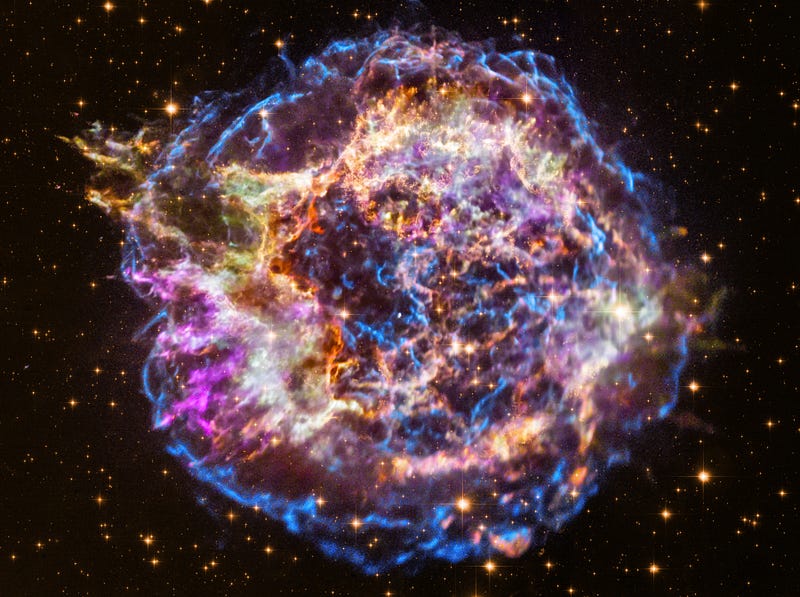
Section 1.1: The Energy of a Supernova
Fortunately, the risk of a supernova directly threatening us is not immediate. Nonetheless, it’s fascinating to consider the scale of energy involved. Science writer Randall Munroe once noted that if you envision a supernova's size, you should think even larger. He illustrated that if a supernova were to occur 93 million miles away (the distance from Earth to the Sun), the energy reaching us would be nine orders of magnitude greater than that of a hydrogen bomb detonated right next to your eye.
Our Sun, thankfully, won’t ever explode in a supernova due to its insufficient mass. However, a supernova occurring relatively nearby could still have severe implications for Earth. Experts from PBS Space Time suggest that a supernova powerful enough to diminish about 30-50% of Earth’s protective ozone layer would likely lead to a mass extinction event.
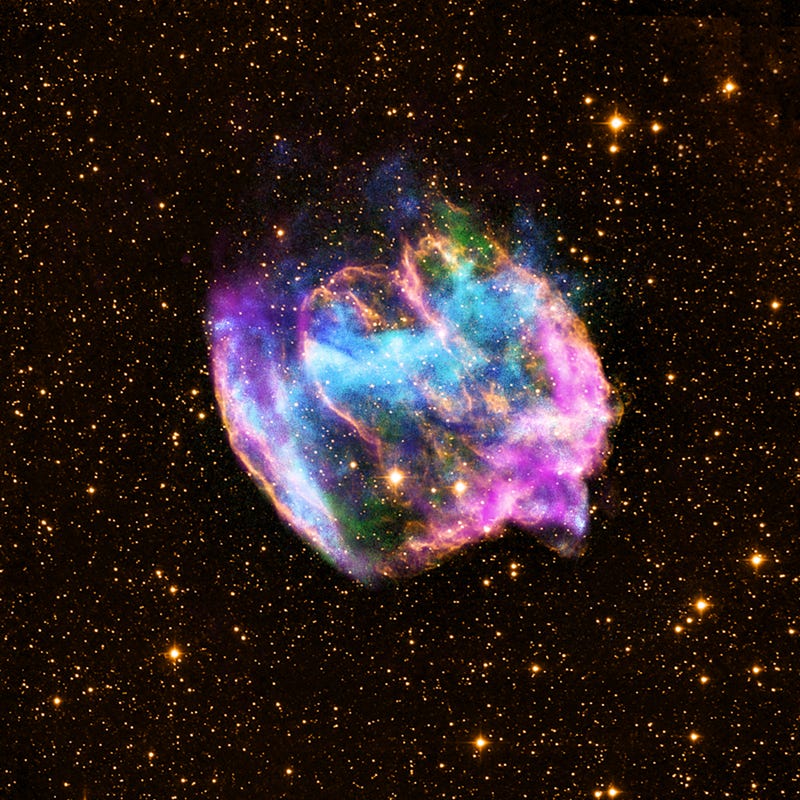
Section 1.2: The Ozone Layer and Cosmic Radiation
The ozone layer serves as Earth's shield against harmful cosmic radiation. Without it, life on our planet would be exposed to lethal doses of radiation, resulting in extreme climate changes. To significantly deplete our ozone layer, a supernova would need to be positioned within 15-20 light-years from us. Currently, there are 84 known star systems within this range, but only seven are sufficiently massive to become supernovae, and none are on the verge of doing so.
The potential dangers escalate with proximity. If Proxima Centauri, the nearest star, were to supernova, the radiation would reach us almost instantaneously—just over 4 light-years away—devastating the atmosphere and rendering the planet inhospitable.
Even if a supernova were not close enough to cause immediate catastrophic effects, it could still inflict considerable damage. A supernova within 30 to 50 light-years could emit enough radiation to harm our ozone layer, although the severity would depend on the type of supernova and the interstellar medium it travels through.
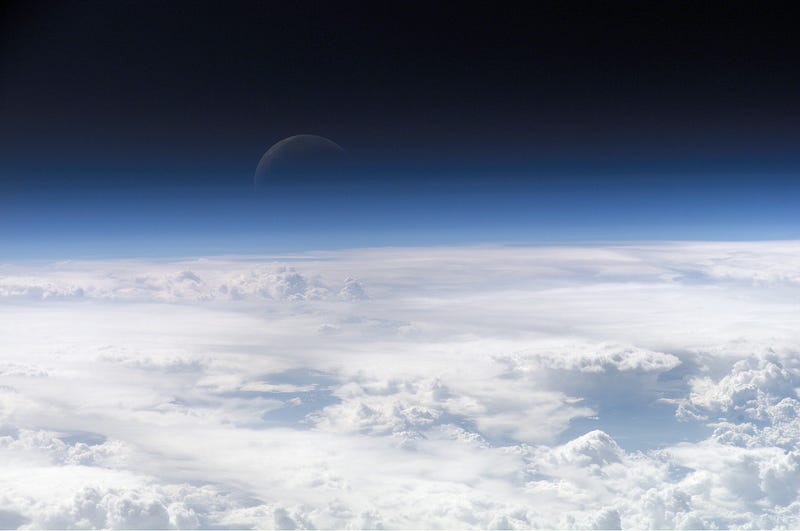
Chapter 2: The Impact of Distance
Even a supernova occurring 100 light-years away could have significant repercussions. While it might not result in an extinction-level event, damage to the ozone layer could still lead to climate disruptions and increased cancer rates among living organisms. Species adapted to deep-sea or underground environments may survive better than those living on the surface.
Distance plays a crucial role in assessing safety. A supernova 150 light-years away would still expose Earth to radiation for thousands of years. This prolonged exposure may not trigger widespread extinction but could increase cancer rates among humans and animals alike.
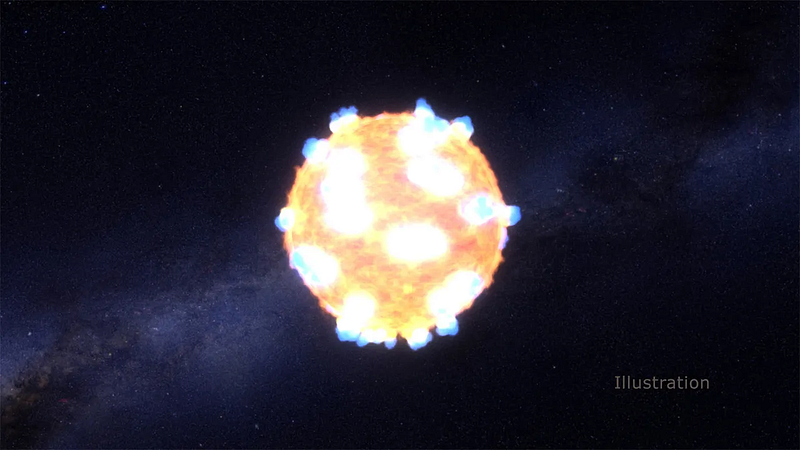
A supernova explosion occurring beyond 150 light-years is unlikely to have any noticeable impact on Earth, barring specific extraordinary circumstances.
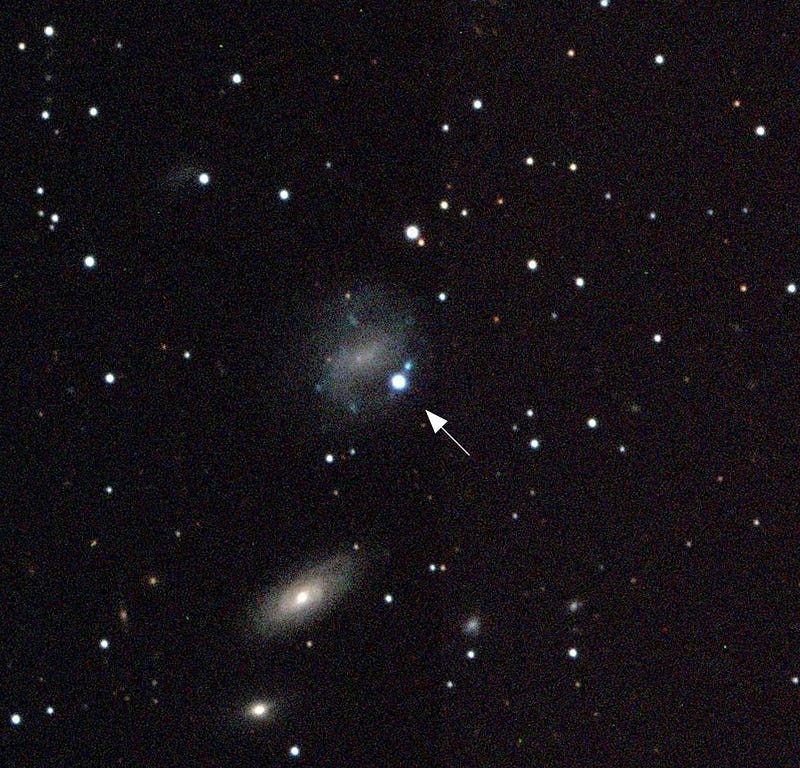
One such exceptional case involves hypernovae, which are significantly more luminous than standard supernovae. These events could exert influence even from great distances, although they are rare compared to ordinary supernovae.
Research published in 2022 revealed that supernovae occurring more than 150 light-years away could still pose risks under certain conditions, such as emitting high levels of X-ray radiation that interact with the interstellar medium, potentially extending their reach beyond typical expectations.
So, when can we consider ourselves safe from such cosmic catastrophes? A supernova at least 300 light-years away would be bright enough to illuminate the night sky for months after the explosion, but the radiation generated would likely not harm Earth or its inhabitants in the long term.
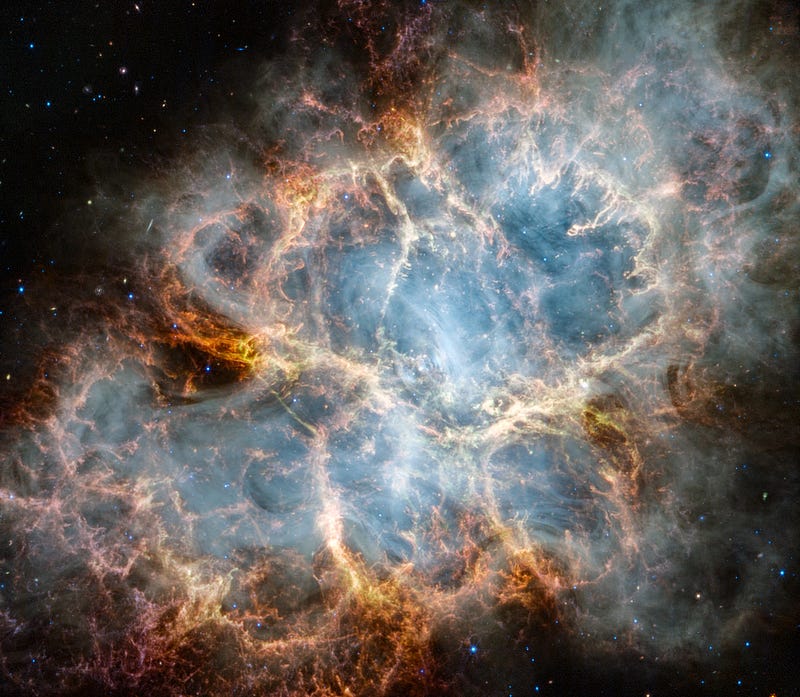
Chapter 3: Historical Evidence of Supernovae
Evidence suggests that supernovae may have impacted Earth in the past. A study published in The Astrophysical Journal Letters in 2016 indicated that multiple supernovae occurring over 100 parsecs (over 300 light-years) away likely contributed to a minor mass extinction event at the end of the Pleistocene epoch.

The researchers pointed to heightened levels of heavy elements, like iron, found in geological samples from the Pleistocene and Pliocene epochs, alongside a notable lack of material in the Local Bubble—an area within the Milky Way that spans at least 1,000 light-years and may have been cleared by supernova activity.
Another study proposed that the extinction of roughly 75% of Earth's species at the end of the Devonian period could have also been linked to a supernova. The estimated distance of this supernova would have been around 20 parsecs (65 light-years)—enough to inflict significant atmospheric damage and climate change.
Is the Apocalypse Approaching?
Fortunately, there are no stars in lethal proximity to Earth expected to explode anytime soon. The closest candidates are Spica and IK Pegasi, located 260 and 150 light-years away, respectively. However, astronomers are not alarmed, as IK Pegasi is moving away from us at a significant speed, making it unlikely to pose a threat for millions of years.
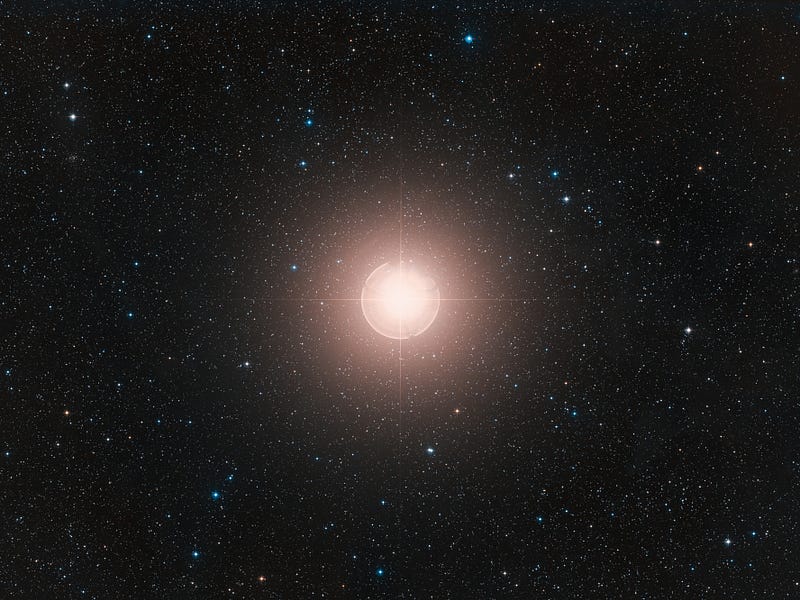
The most intriguing supernova candidate is Betelgeuse, which has shown signs of potential dimming and brightening, suggesting it may explode within the next 10,000 to 100,000 years. At 700 light-years away, any resulting supernova would be visible even during the day, yet it remains far enough to ensure no harm to Earth.
While a supernova during our lifetime is unlikely, we can expect to witness a nova explosion in the binary star system T Coronae Borealis (T CrB), which is anticipated to occur before the end of September. This event, while less dramatic than a supernova, will still be bright enough to catch our attention.

In conclusion, our planet is safe from imminent supernova threats for the foreseeable future. As astronomer Phil Plait aptly stated, “you can take supernovae off your things-to-be-scared-of list.” Unless humanity manages to self-destruct, our most significant concern will be our Sun, which will transform into a red giant and engulf the Earth in about five billion years.